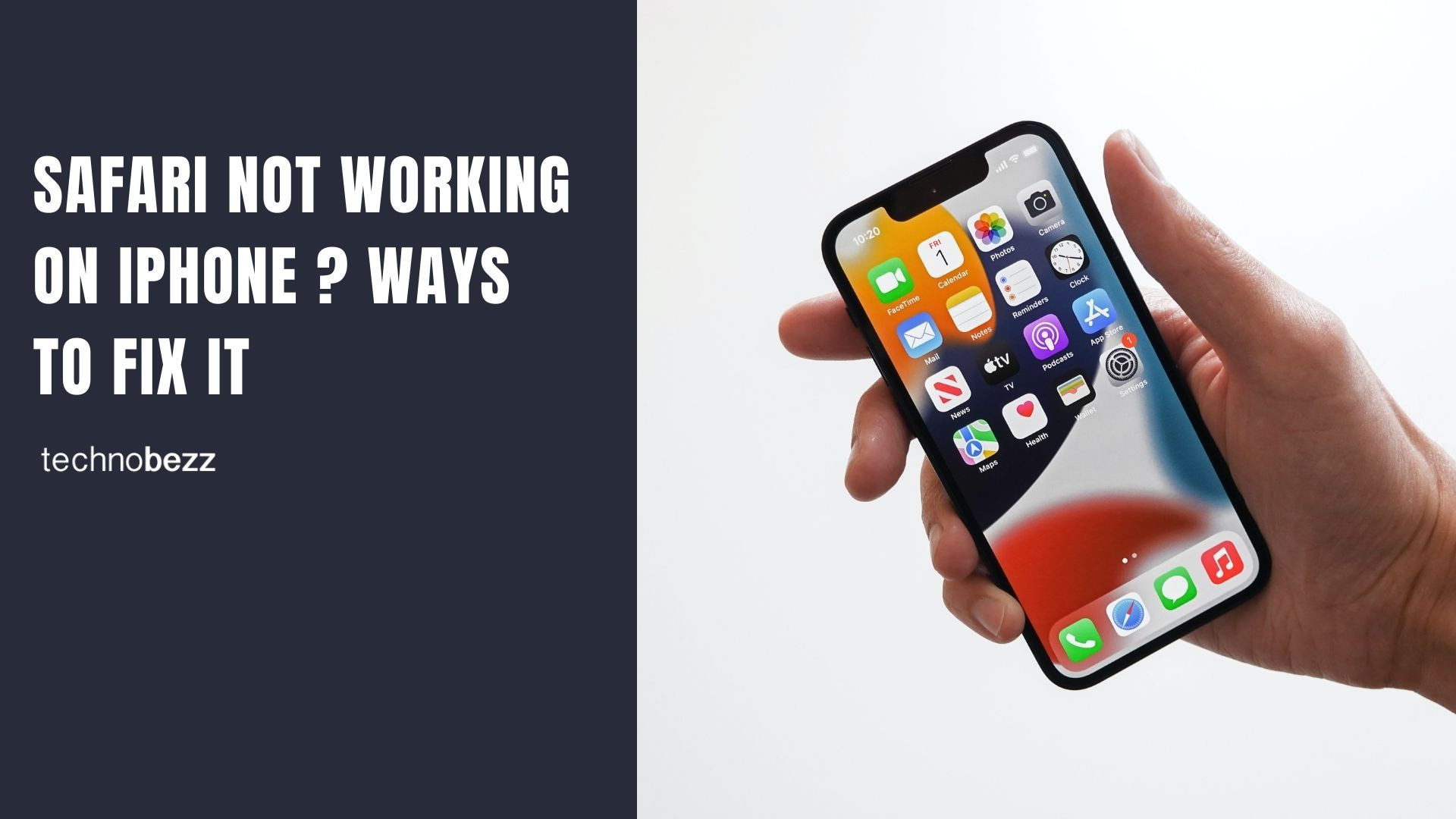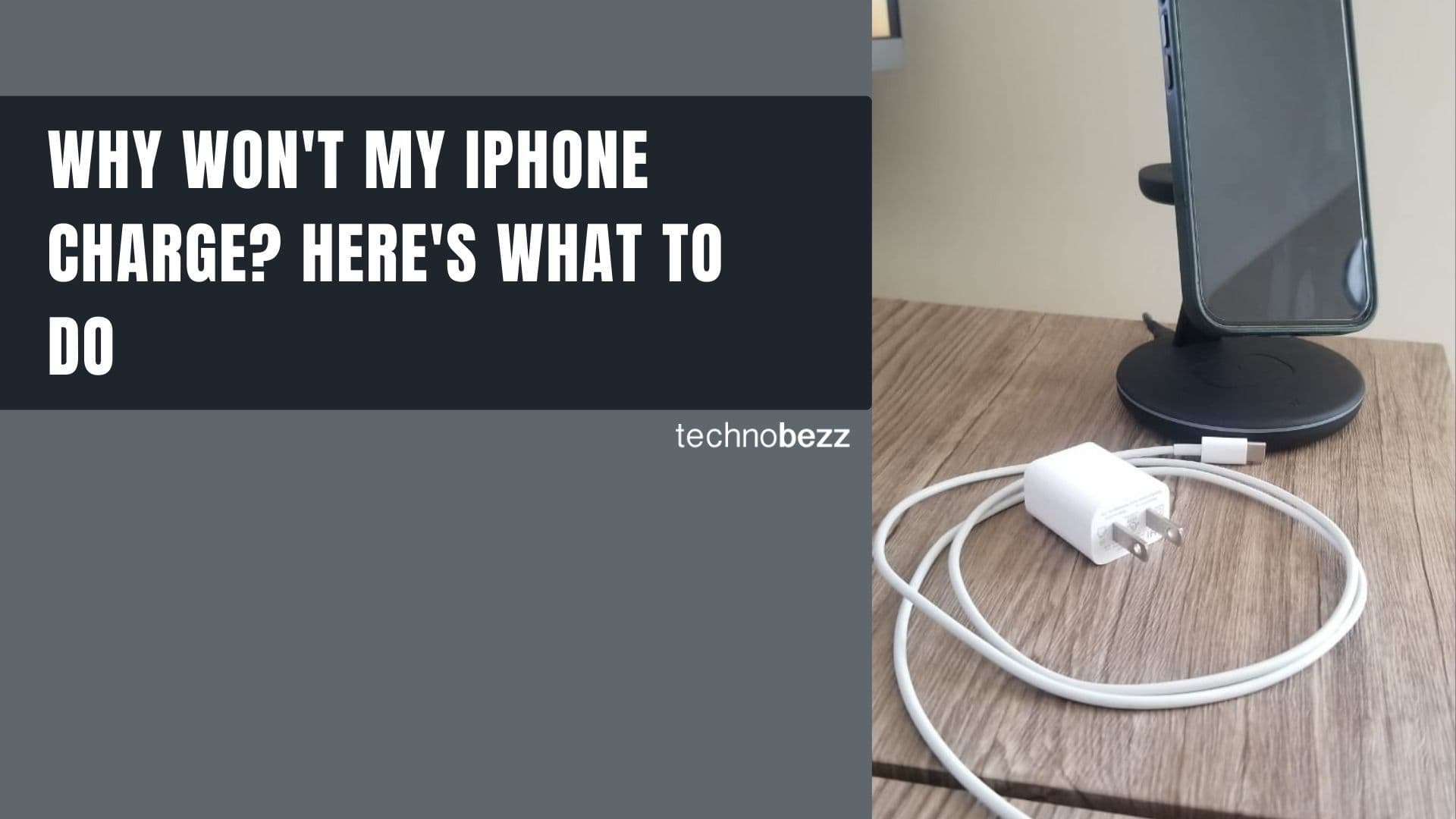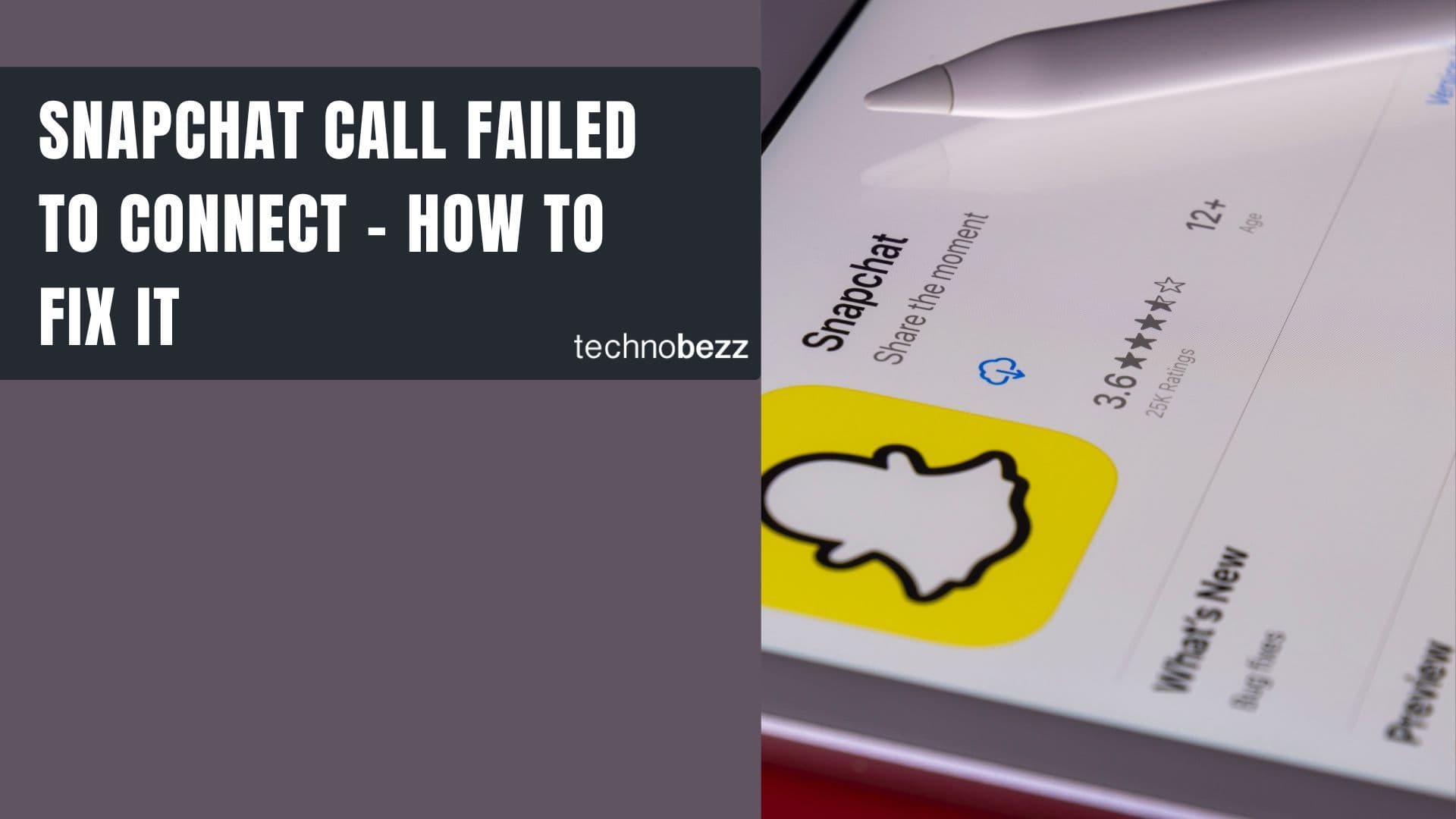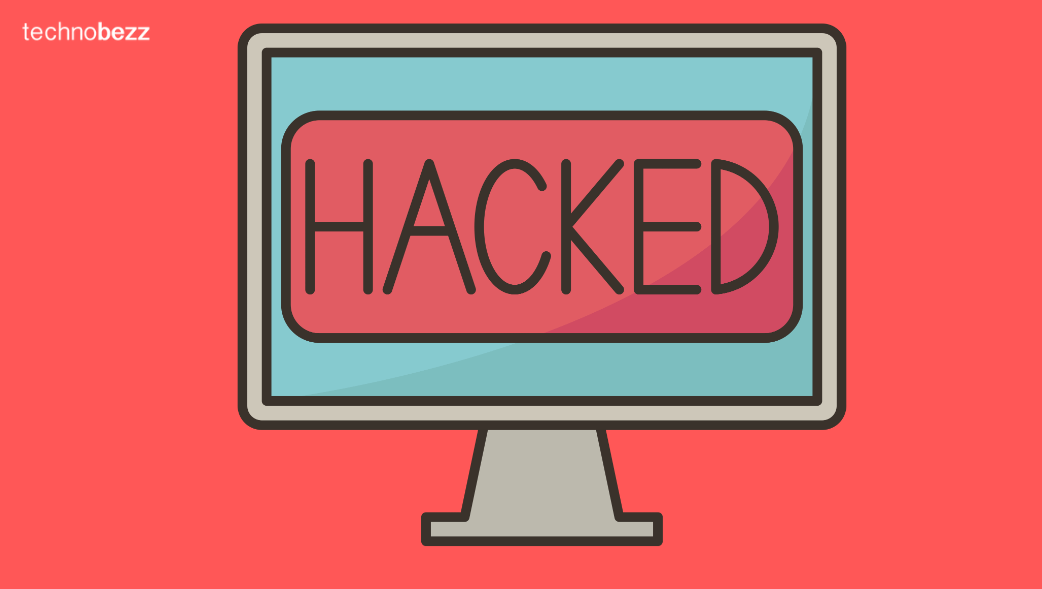Safari freezing or refusing to load pages on your iPhone can be incredibly frustrating. You're not alone - this happens to many users, often due to network glitches, overloaded cache, or software bugs. Apple's built-in browser usually works smoothly, but when it doesn't, these proven methods can get you back to browsing.
Read more - Why Snapchat Calls Fail and How to Fix Them
1. Clear Safari History and Website Data
A large buildup of cookies, cache, and site data often causes freezes or pages failing to load. Clearing this data removes temporary files that can interfere with Safari's performance.
- 1.Open Settings
- 2.Scroll down and tap Safari
- 3.Tap Clear History and Website Data
- 4.Confirm by tapping Clear History and Data
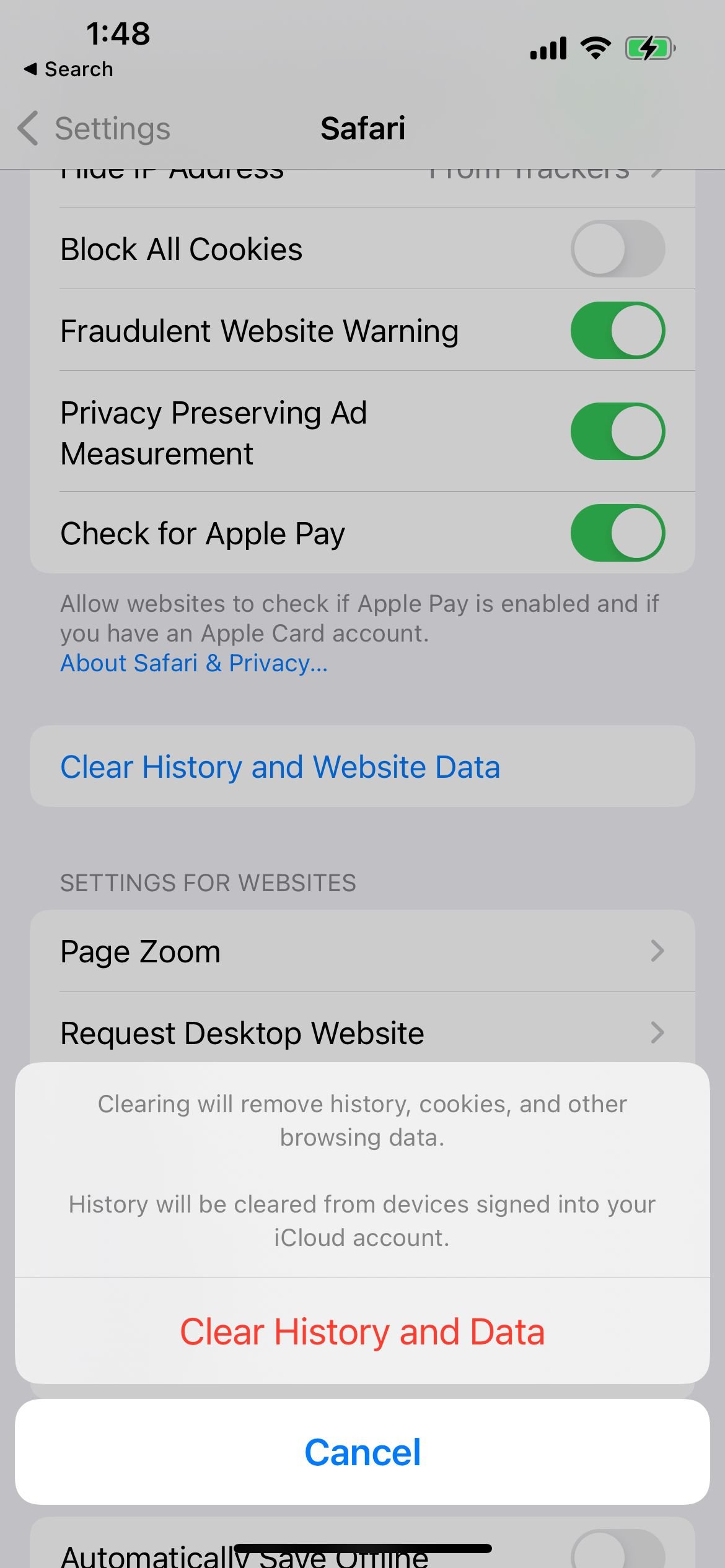
2. Force Quit Safari and Reopen It
Sometimes just closing and reopening the app resolves minor glitches. This clears the app from memory and gives it a fresh start.
- On iPhones with a Home button: press it twice to bring up the app switcher, then swipe up on Safari
- On newer iPhones (no Home button): swipe up from the bottom and pause, then swipe up on Safari's preview
- Return to the Home screen and open Safari again
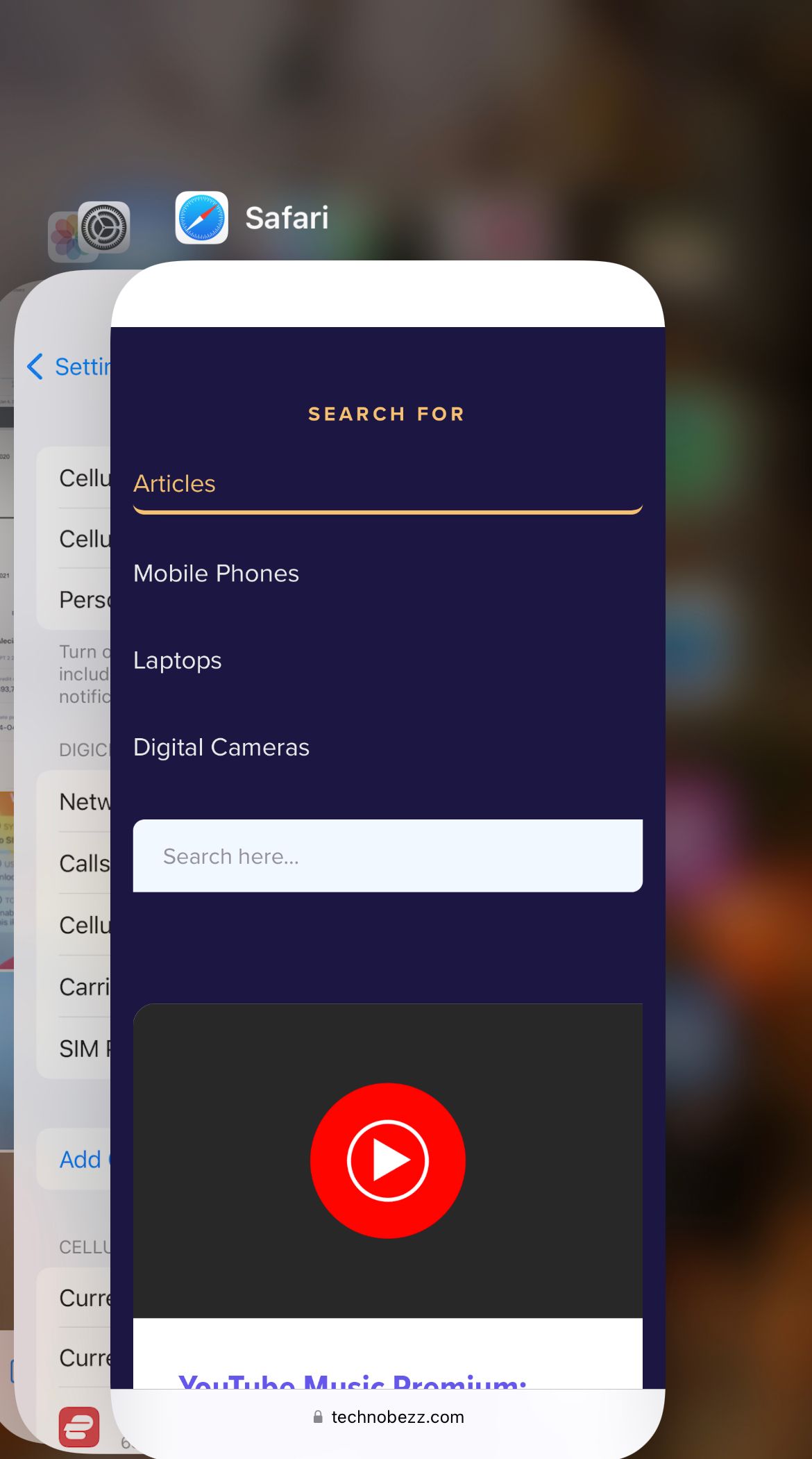
3. Turn Off Safari Suggestions and Extensions
Features like Safari Suggestions or browser extensions may conflict with page loading or slow down browsing. Disabling them temporarily can identify if they're causing the problem.
- 1.In Settings > Safari, turn off Safari Suggestions
- 2.In the same Safari settings screen, tap Extensions and disable all of them
- 3.Re-enable one at a time to find the culprit
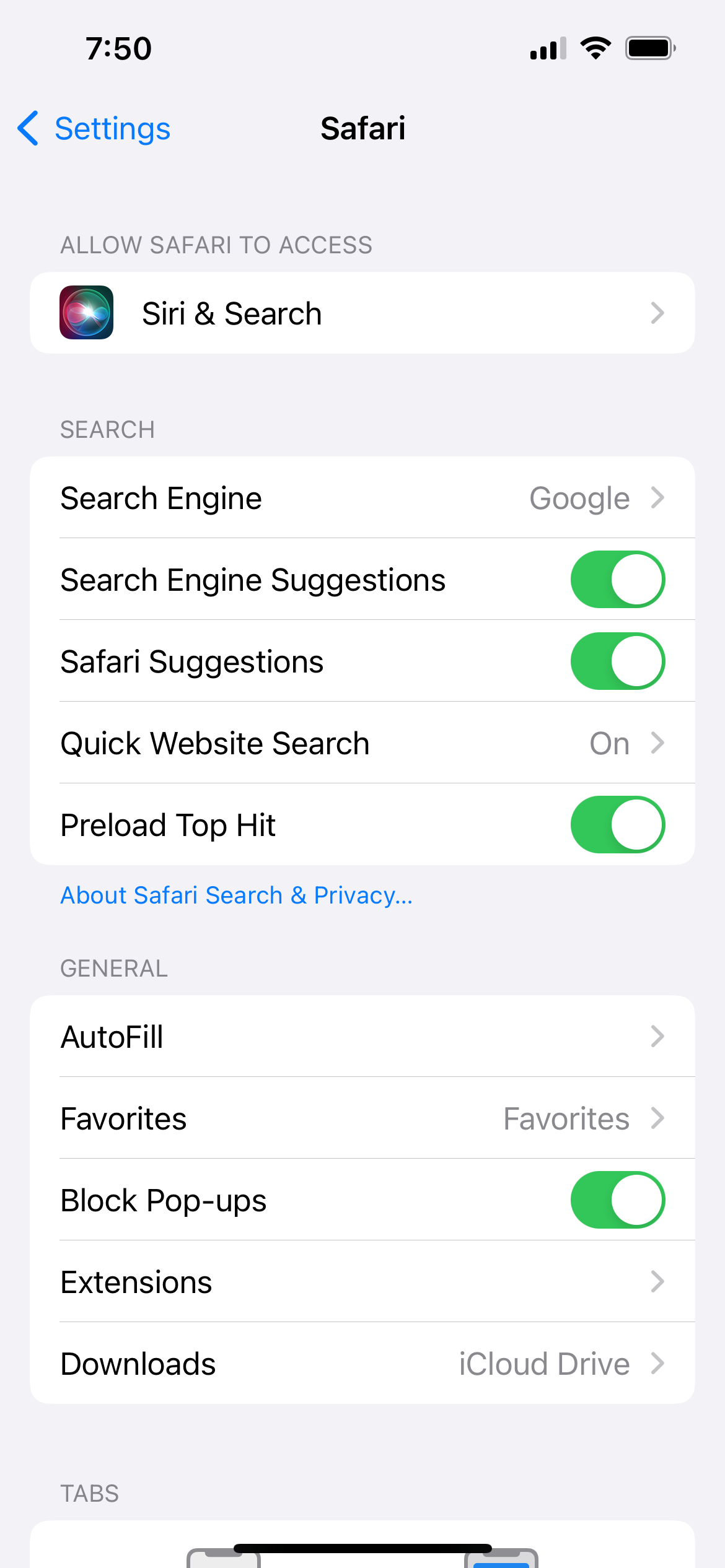
4. Close All Safari Tabs
Having too many open tabs can overload Safari, especially on older or lower memory devices. Each tab consumes system resources that might be causing performance issues.
- 1.Open Safari
- 2.Tap the tab icon
- 3.Choose to close all tabs, or close those you no longer need
- 4.You can also set Safari to close tabs automatically in Settings > Safari > Close Tabs
5. Reset Network Settings
If the issue is due to connectivity problems, resetting network settings often fixes it. This clears Wi-Fi networks, cellular settings, and VPN configurations.
- 1.Open Settings
- 2.Tap General
- 3.Tap Transfer or Reset iPhone
- 4.Tap Reset, then Reset Network Settings
- 5.Enter your passcode and confirm
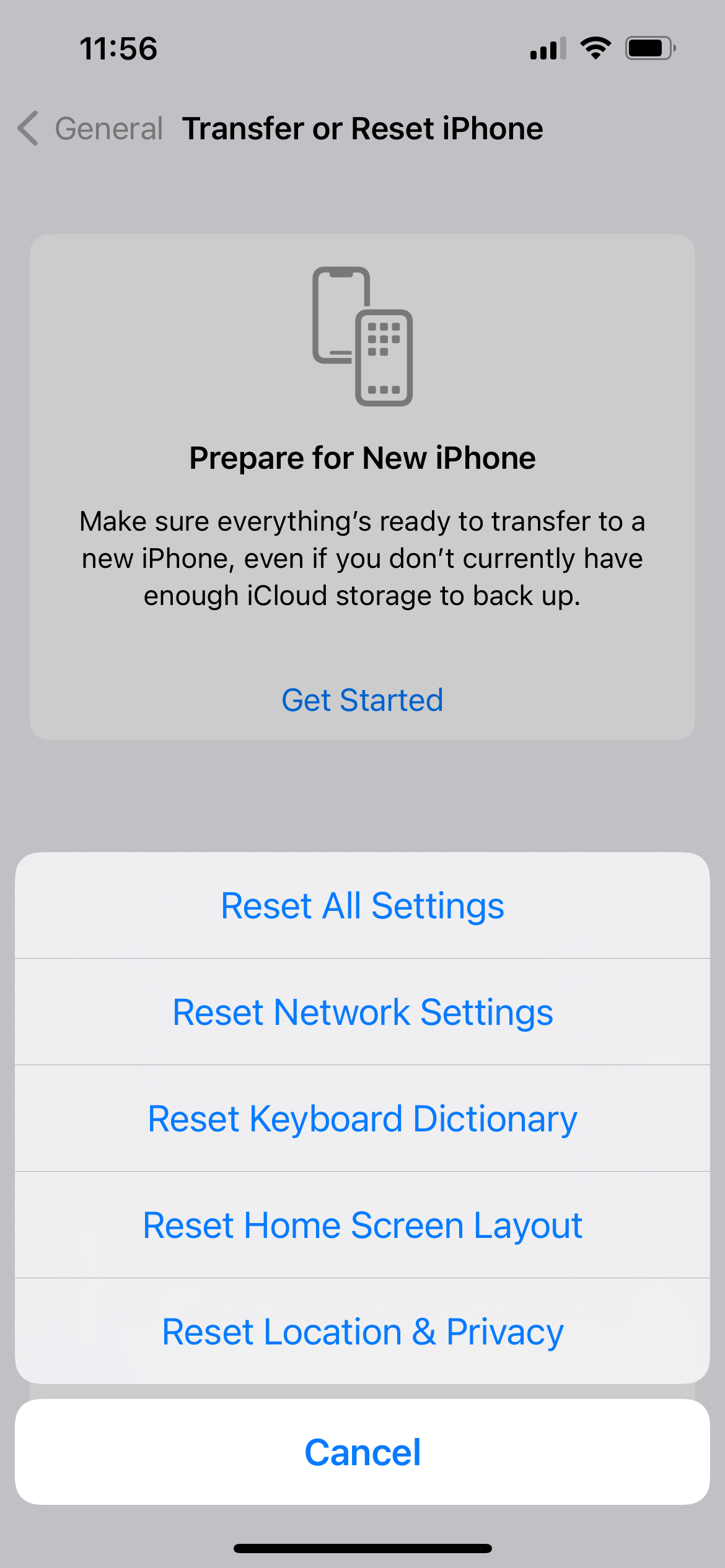
6. Toggle Cellular Data or Switch Networks
Sometimes the problem isn't Safari itself but your internet connection. Testing different networks can help identify where the issue lies.
- 1.Open Settings > Cellular
- 2.Toggle Cellular Data off and back on
- 3.If needed, switch to another Wi-Fi network
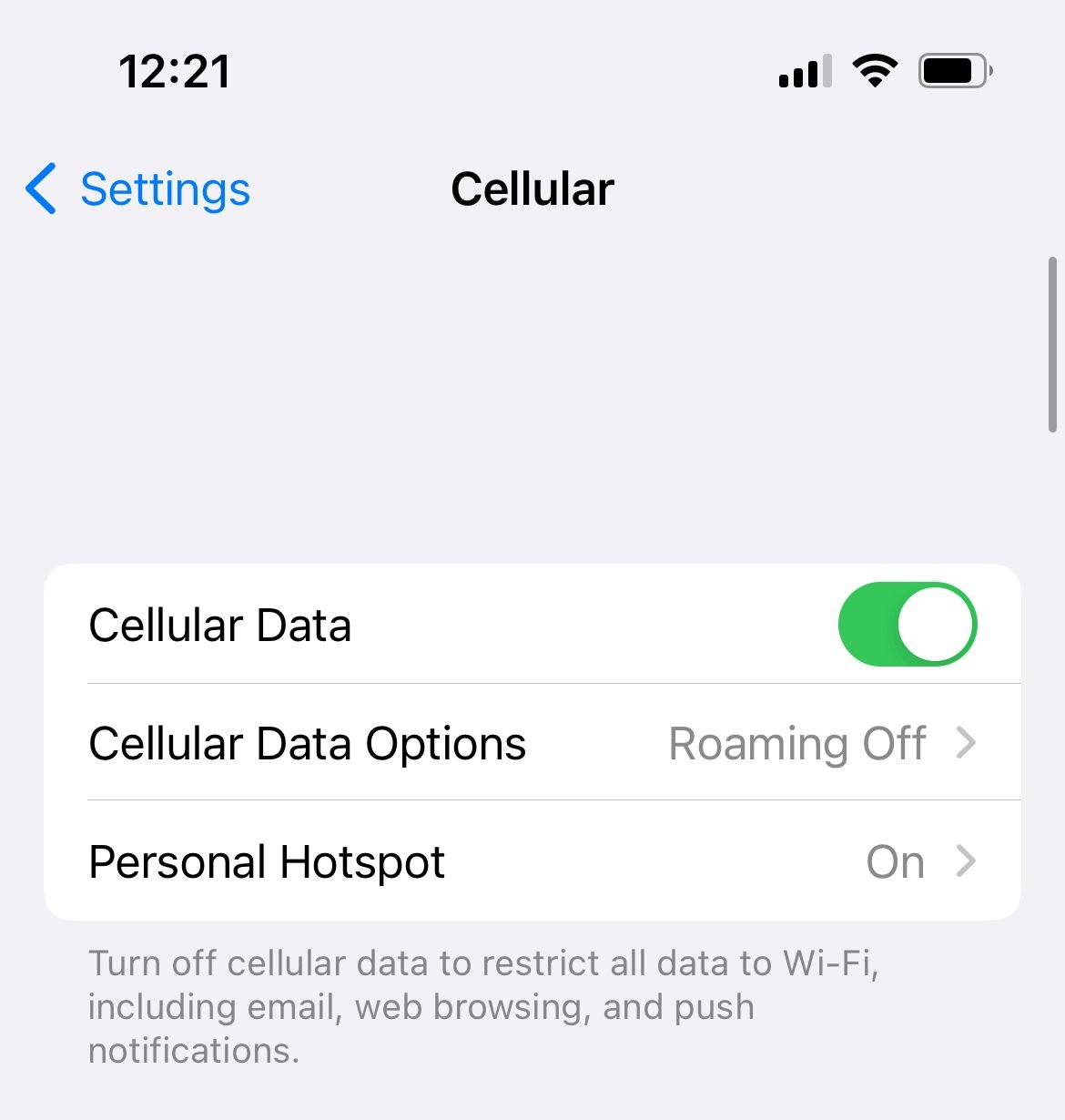
7. Update iOS to the Latest Version
Some Safari bugs are fixed in new iOS updates. Apple regularly releases patches that address browser performance and stability issues.
- 1.Ensure your iPhone has enough charge or is plugged in
- 2.Connect to Wi-Fi
- 3.Go to Settings > General > Software Update
- 4.Tap Download and Install or Install Now.
8. Reset All Settings
This restores Wi-Fi, layout, and preferences to default without erasing your personal data. It can resolve deeper Safari conflicts that simpler fixes don't address.
- 1.Go to Settings > General > Transfer or Reset iPhone
- 2.Tap Reset, then Reset All Settings
- 3.Enter your passcode and confirm
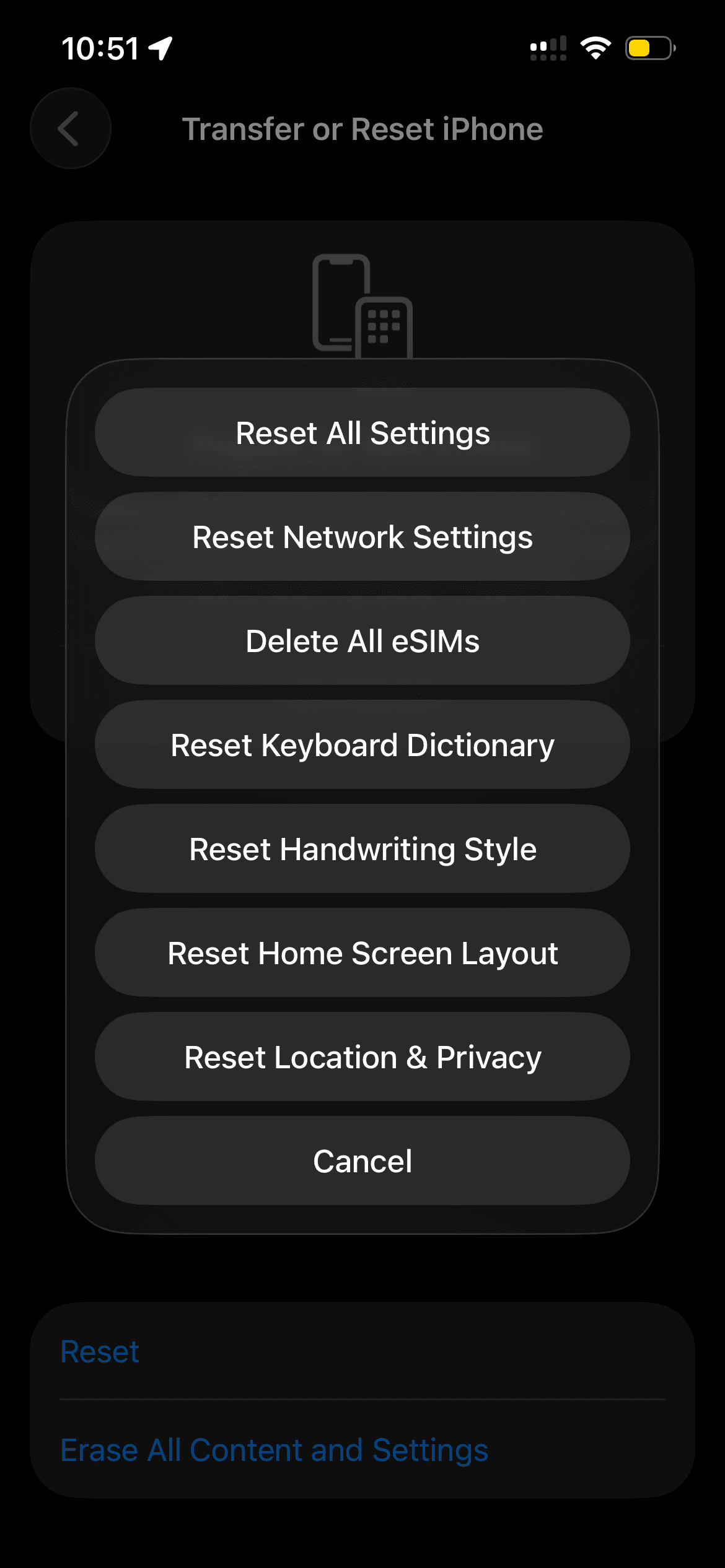
9. Restore Your iPhone via Computer
This should be your last resort. It wipes your device and reinstalls iOS, so make sure to back up your data first.
- 1.Connect your iPhone to a computer
- 2.Tap "Trust This Device" on your iPhone if asked
- 3.Open Finder on Mac or iTunes on Windows
- 4.Select your iPhone under Locations
- 5.Click Restore iPhone and follow prompts
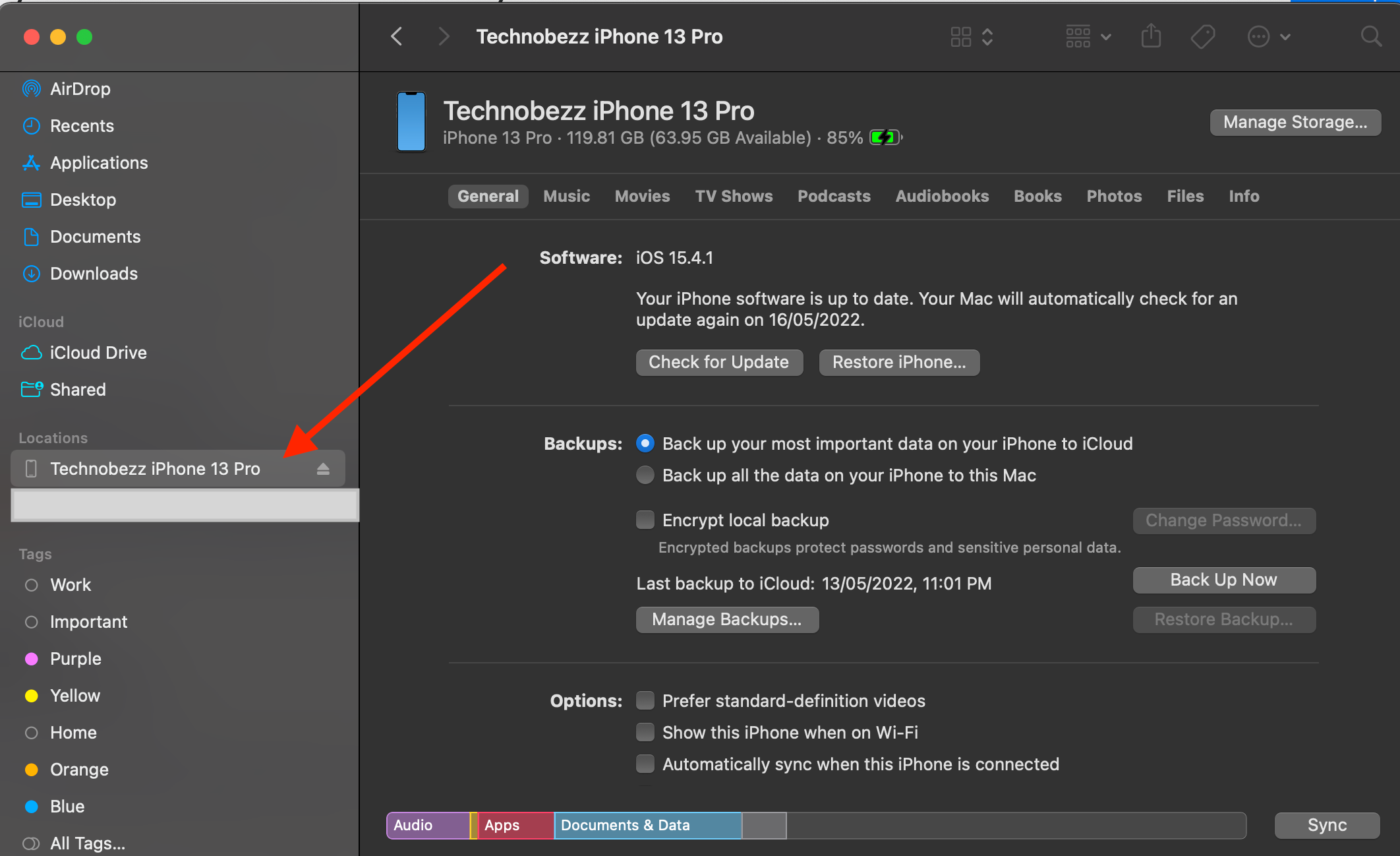
Additional Troubleshooting Tips
Disable iCloud Private Relay
Some users report iCloud Private Relay interferes with Safari. Go to Settings > [Your Name] > iCloud > Private Relay and turn it off temporarily to test.
Reset Safari Experimental Features
If you changed settings in Settings > Safari > Advanced > Experimental Features, reset them to default. This can resolve WebKit conflicts that affect page loading.
Turn Off Content Blockers
Ad blockers or content blockers may stop pages from loading properly. Disable them in Settings > Safari > Content Blockers and test browsing again.
Free Up Storage Space
Low storage can slow down Safari performance. Check Settings > General > iPhone Storage and delete unused apps or large files to free up space.
Use Private Browsing Mode
Safari in Private mode sometimes loads pages faster because it doesn't use cached data. Open Safari, tap the tabs button, then choose Private to test if it helps.
Common Questions
Why does Safari crash on specific websites?
Some sites use heavy scripts, autoplay video, or aggressive ads. If your cache is full or extensions interfere, Safari may crash. Clearing data or disabling extensions usually helps.
Will resetting network settings erase my personal data?
No. It only resets Wi-Fi, cellular, and VPN settings. Your apps, photos, and files remain completely safe.
Does turning off Safari Suggestions and extensions help?
Yes. Many users find Safari more stable and faster after disabling these features, especially when experiencing loading issues.
How do I force quit Safari on newer iPhones?
Swipe up from the bottom, pause, then swipe Safari's preview up to close it completely.
Is restoring iPhone always necessary?
No. Most Safari problems are solved with the earlier steps. Restoring is the absolute last resort when nothing else works.
What if Safari still freezes after all fixes?
If the problem continues despite trying everything, it may be a deeper iOS or hardware issue. Contact Apple Support or visit an Apple Store for professional assistance.
